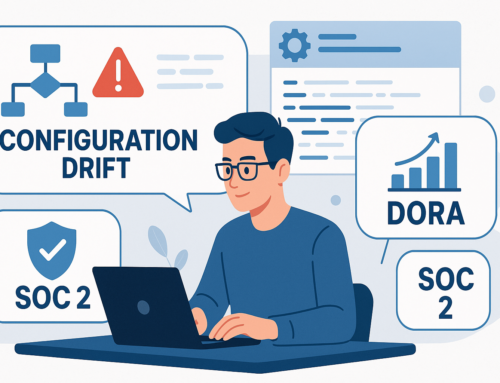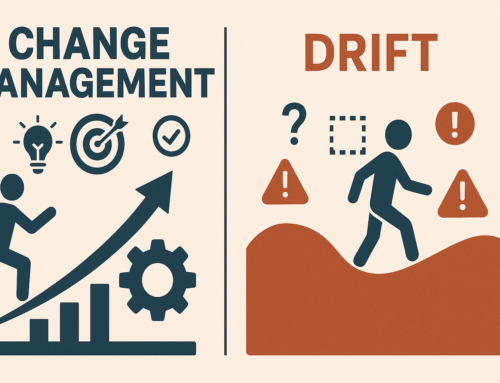Introduction to Digital Products and Instances
Digital Products are central to the IT4IT framework, which provides a comprehensive standard for managing the digital lifecycle of products. According to the IT4IT Standard, a Digital Product encompasses all the resources (both IT and non-IT) required to deliver a specific service or function. This includes software, hardware, services, and the associated lifecycle management processes. A Digital Product Instance, on the other hand, refers to a specific instantiation of a Digital Product as defined by a service offer. For example, a Wi-Fi network provided in a public space is a Digital Product, and when a user connects to it, a Digital Product Instance is created for that session.
Incorporation in ServiceNow’s Common Service Data Model (CSDM)
ServiceNow’s Common Service Data Model (CSDM) integrates Digital Products within its framework to ensure seamless service management. CSDM acts as a blueprint for mapping IT services and their relationships, facilitating a standardized approach to data management across ServiceNow products. The integration of IT4IT concepts, such as Digital Products, helps enhance the accuracy and efficiency of service management.
Key Components in CSDM:
- Service Portfolio: Includes the comprehensive catalog of services offered.
- Application Portfolio Management: Manages applications as part of the broader service ecosystem, aligning them with business goals.
- Configuration Management Database (CMDB): Serves as the core repository for storing information about IT assets, their configurations, and relationships.
Defining Services and Business Applications in IT4IT Terms
In IT4IT terms, both Services and Business Applications in ServiceNow can be considered Digital Products. A Service in ServiceNow is a comprehensive offering that includes software, infrastructure, and the necessary support processes. Similarly, a Business Application is an application that supports business processes and is managed as a product throughout its lifecycle. These elements are crucial in the IT4IT framework as they represent key components of the digital landscape that need to be managed effectively.
Granular SDLC Artefacts as Digital Products
Fine-granular Software Development Life Cycle (SDLC) artefacts, such as code modules, API endpoints, and microservices, are considered Digital Products within the IT4IT framework. Each of these artefacts can be managed as a Digital Product Instance, ensuring they are tracked, versioned, and maintained throughout their lifecycle. Examples include:
- Code Repositories: Version-controlled repositories like GitHub repositories for specific software components.
- API Endpoints: Individual endpoints that provide specific functionalities within a larger application.
- Microservices: Independent services that perform discrete business functions.
Registering these artefacts in ServiceNow is recommended to maintain a comprehensive view of the IT landscape and facilitate effective lifecycle management.
Decomposing Products and Instances
Products and their instances can be decomposed into smaller, manageable units to enhance oversight and control. This decomposition is beneficial for:
- Tracking Dependencies: Understanding interdependencies between different components.
- Improving Manageability: Simplifying the management of complex products by breaking them down into smaller parts.
- Facilitating Maintenance: Making it easier to update and maintain individual components.
Registering this decomposition in ServiceNow is advisable as it helps maintain clarity and facilitates better management of the entire product lifecycle.
ServiceNow’s Digital Portfolio Management Roadmap
The recent roadmap for ServiceNow’s Digital Portfolio Management (DPM) application indicates a strong alignment with the IT4IT framework. DPM is designed to manage the digital portfolio comprehensively, encompassing all stages from strategy to operations. This includes capabilities for:
- Portfolio Planning: Aligning digital products with business strategies.
- Lifecycle Management: Managing the lifecycle of digital products from inception to retirement.
- Governance and Compliance: Ensuring that all digital products comply with relevant standards and regulations.
However, while ServiceNow DPM incorporates many IT4IT concepts, it is still evolving towards full compliance with the IT4IT standard. Continuous updates and enhancements are expected to bring it closer to complete alignment.
IT4IT vs. TBM and CSDM Models
The IT4IT model is designed to complement, rather than replace, other frameworks such as the Technology Business Management (TBM) model and the CSDM model. Each framework addresses different aspects of IT management:
- IT4IT: Focuses on the end-to-end management of digital products.
- TBM: Emphasizes financial management and cost optimization of IT services.
- CSDM: Provides a standardized data model for service management within ServiceNow.
These frameworks are likely to coexist and integrate, providing comprehensive solutions for managing the digital enterprise. The ongoing evolution of these models will continue to enhance their interoperability and alignment.
Conclusion
Digital Products and their instances play a pivotal role in the IT4IT framework, providing a structured approach to managing the digital landscape. Integrating these concepts within ServiceNow’s CSDM enhances service management capabilities, ensuring a holistic view of the IT environment. As ServiceNow continues to evolve its DPM application, it will increasingly align with IT4IT standards, offering robust solutions for managing digital products and their lifecycles. While IT4IT, TBM, and CSDM serve distinct purposes, their integration will drive more effective and efficient IT management practices in the digital era.







Leave A Comment